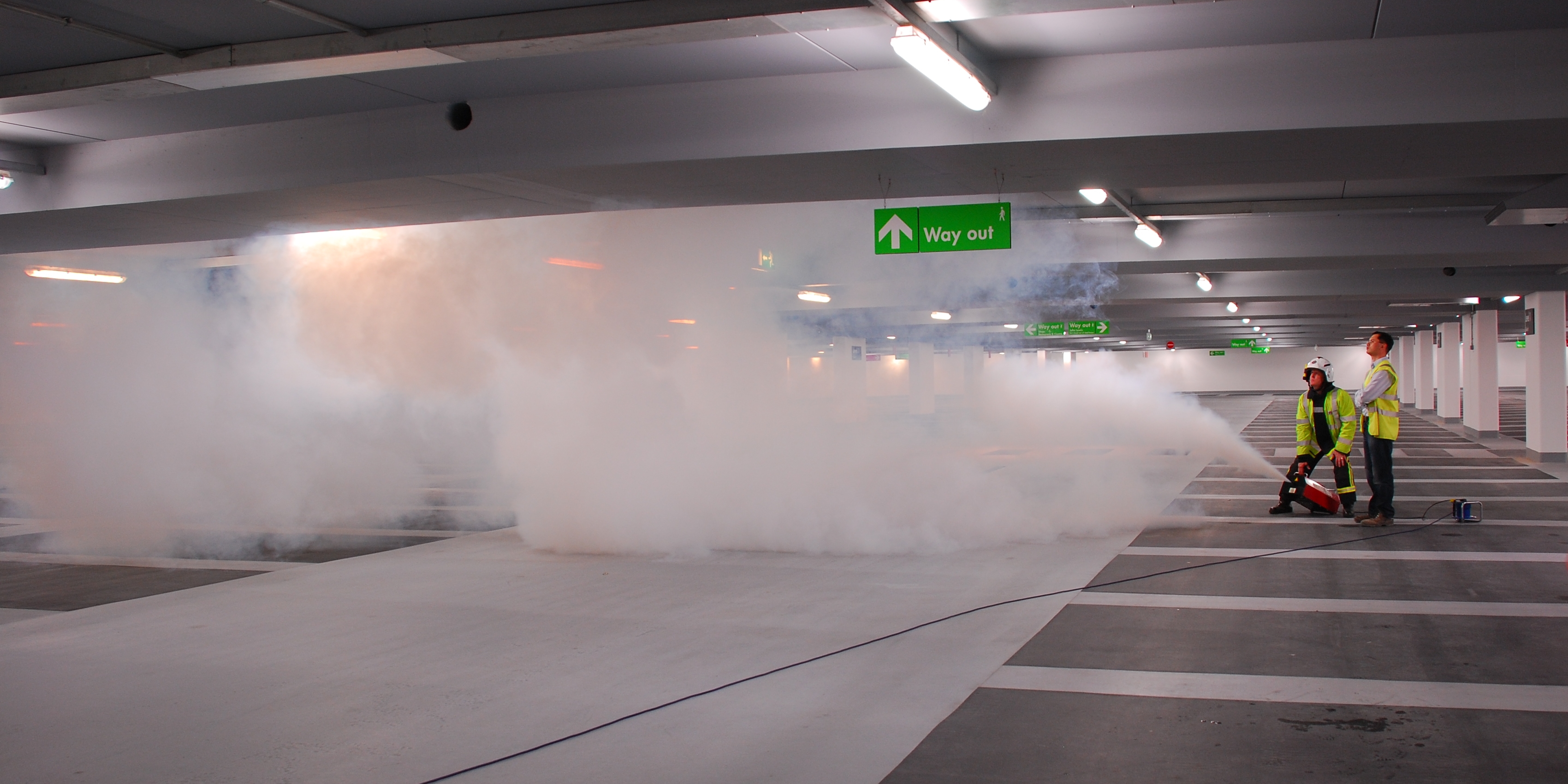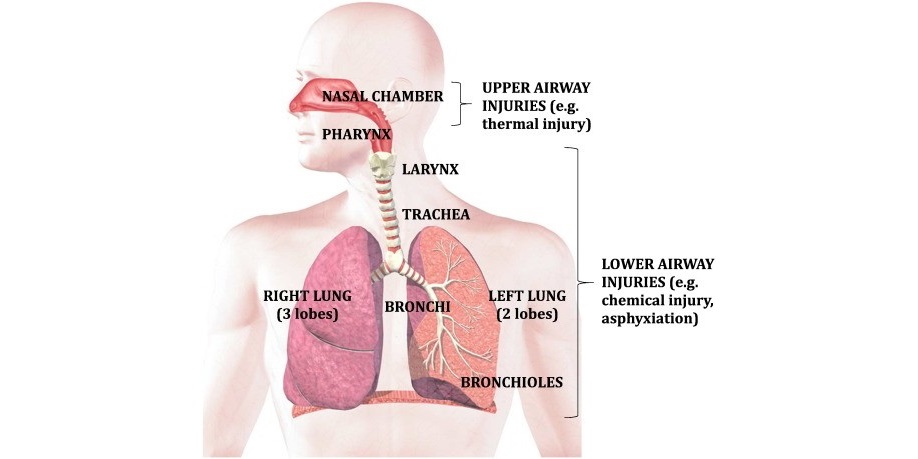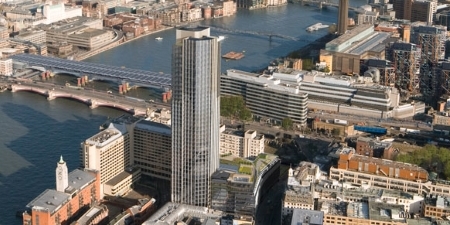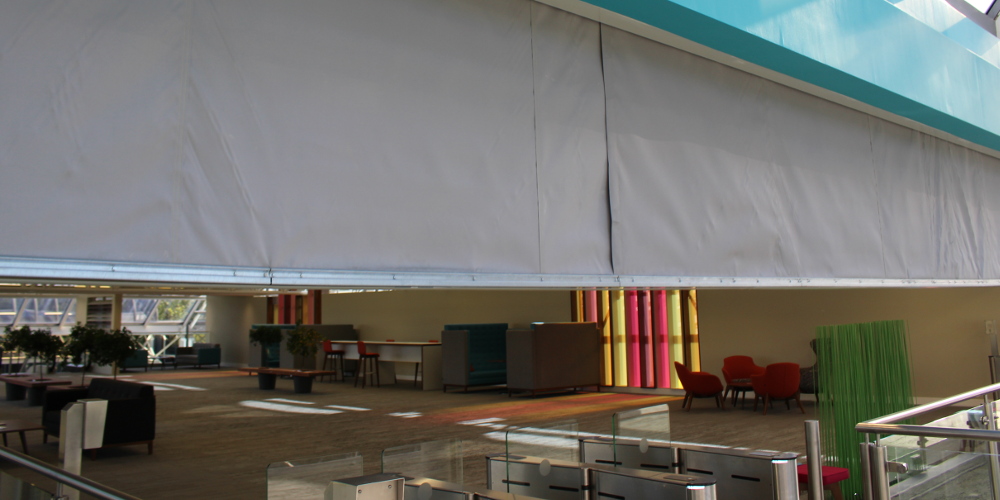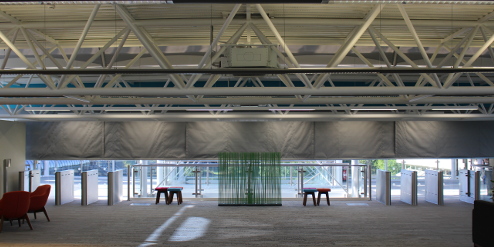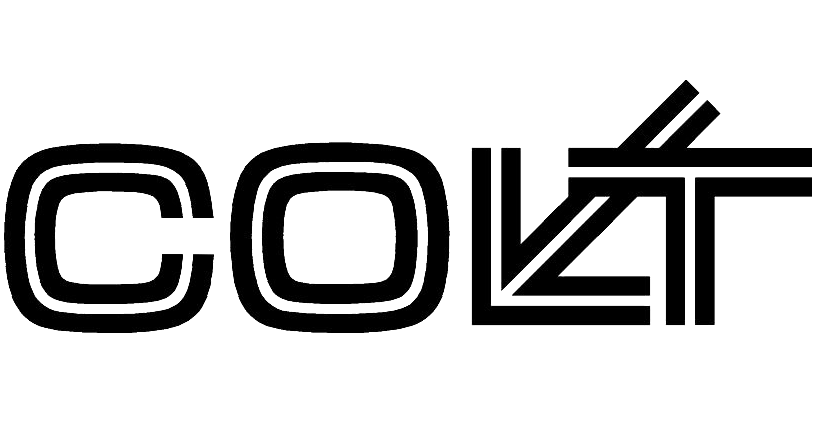Enclosed or underground parking areas normally require car park ventilation systems. Smoke control systems are needed to provide a means of clearing smoke from the car park during and after a fire. This will limit smoke temperatures and structural damage and inhibit smoke spread between floors. Smoke ventilation systems may be designed in addition to provide clear smoke-free access for fire fighters to tackle the seat of the fire or to protect means of escape from the car park. These ventilation systems are more complex and exceed the requirements of the Building Regulations. They are generally used as compensating features when other requirements of the regulations are not met.
Day-to-day ventilation is also needed to control build-up of vehicle exhaust fumes or spilled fuel when the facility is in general use. Acceptable day-to-day air quality is maintained by removing exhaust gases and pollutants produced by vehicles and by ensuring the constant movement of air so that there are no pockets of stagnant air. Invariably, smoke and fume ventilation are facilitated by the same dual-purpose system.
Read More
